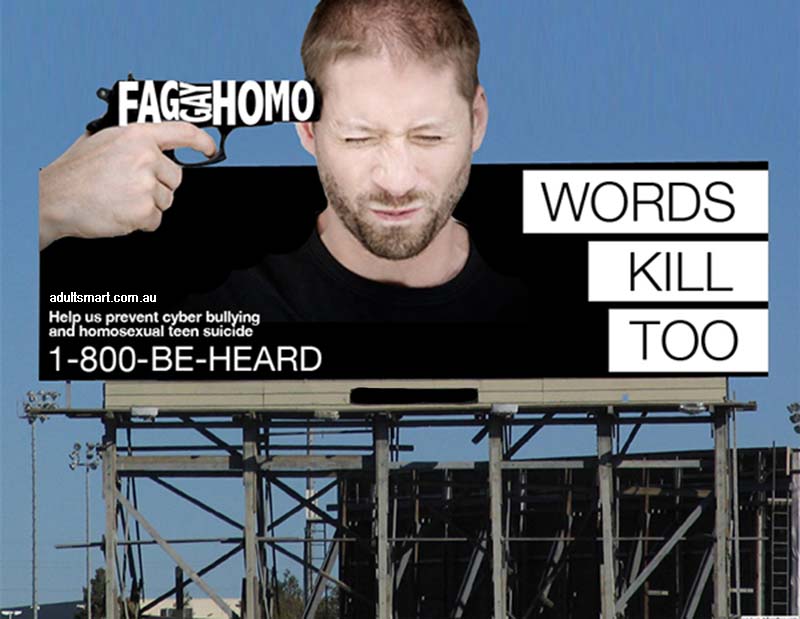*Trigger Warning – This article contains references to severe forms of bullying and LGBTIQ suicide.*
Colton Haynes has recently revealed his personal coming out story. He documents the death of his father and how some people have attributed his father’s suicide to his coming out.
Colton states that there is really no way in knowing the truth as to why his father decided to end his own life.
After his father’s death his family pointed their fingers squarely at Colton.
Suicide is a tragic reality, when it comes to LGBTIQ Suicide, it is a trend that shows little signs of dissipating.
Colton, at this stage, feels strong enough to question this accusation. And understand that there may be further factors that are attributed to his father’s passing.
Much research has been done in the world of teenage coming out and supporting teens. But there is not the same quantity or depth of research when it comes time to provide support for families of the teenager.
Coming out is an incredibly tough experience
Gays, lesbians, queers, trans, share commonality in terms of the event of coming out. But their journeys are all deeply individual and have a profound impact on shaping who they are as a person.
For some, coming out is a breeze.
They find support in their friends, family, school, work and all other social networks. It is deemed a smooth transition and they barely encounter any issues.
LGBTIQ Suicide
For others, there are cases so severe, so traumatising, and so mercilessly cruel that they feel that they have nowhere else to go.
They decide to end their life.
Some of the experiences that people have gone through are so haunting that I struggled to get through their stories.
Stories of Suicide
I read about Adam, a bisexual teen that had at one stage been tied to a tree, doused in petrol and was about to be set alight.
Young Michael, who despite not yet being sure about his sexuality, was driven to attempted suicide for liking My Little Pony Toys. He remains in a vegetative state from depriving oxygen to his brain.
I read about Asher Brown who was thrown down two flights of stairs for his sexual orientation, and subsequently shot himself. Kenneth who ended his life after a Facebook hate page was set up for him, and death threats were repeatedly sent to his phone.
Aiyisha Hassan, who was struggling with the expression of her sexuality and also decided to end her own life.
Tragic loss of lives for people so young.
There are some truly horrible experiences here that demonstrate the monstrosity, and cruelty of other teenagers.
It is little wonder that LGBTIQ youth experience the highest rates of suicide in the world.
Exact statistics on this issue can’t be clarified.
Sexuality is often hidden when one is struggling to come to terms with themselves and their identity. But most reports indicate that queer youth are four times more likely to attempt and/or commit suicide.
Research in Australia estimates that around 30% of LGBTIQ youth hide their sexuality when accessing assistance services.
This is 30% of youth that already identify as being part of a diverse sexuality. It doesn’t account for individuals still struggling with their identity.
Research on Reasons Behind Suicidal Behaviours
When it comes to Beyond Blue research titled; Suicidal Behaviours in LGBT Populations the report found that there were higher risks of suicide, when one or both of the parents were not accepting of the child’s sexuality.
This in turn led to a combination of potentially mitigating factors such as relationship conflict, severe anxiety dissatisfaction with appearance. And lack of acceptance from self, increased levels of internalized shame and homophobia.
It is generally accepted that the rates of LGBTIQ Suicide and attempted suicide are severely under reported throughout the world.

Both an Australian and American Study have suggested that teenagers who find themselves in a non-supportive, predominantly family, environment are at the greatest risk.
How Does it Manifest?
It can manifest itself in several ways from rebelling, as is the case with Haynes, suicidal and attempted suicidal tendencies. And various other forms of venting.
It is psychologically damaging to experience a rejection from the people that are meant to unconditionally love you. So, a lot of people struggling to come to terms with their sexuality, don’t make it through their teens.
They attribute this rejection into varying forms and manifestations of internalized homophobia, depression and anxiety.
Coming out or sexuality can cause immense stress and pressure
For the individual, and those in their immediate vicinity such as direct family members/guardians. The majority of current research exists in so far as examining LGBTIQ Suicide among youth.
But there seems to be no research done on immediate family member’s suicide rates that struggle with their family member’s sexuality.
That statement is by no means to diminish the importance of research done in regards to LGBTI youth.
But it exposes the idea that research also needs to be done in regards to family members and how they can be supportive of the youth experiencing coming out.
It is a terrifying moment for all involved
From the teenager coming out to the rest of the family and beyond.
Providing confused teenagers support and a safe environment is paramount when they’re also dealing with a rise in emotions, hormones, sexual feelings, and navigating the world of a teenager.
A world where they are constantly comparing, and being compared to, their peers. This is an attributable factor as to why rural LGBTI youth experience even higher rates of suicide. Because the comparison pool is far smaller than in city areas.
This comparison is what starts internalised homophobia, body issues, body shaming, etc.
How as a parent can they support themselves as well as their child?
The primary thing is not to panic. Tips for a parent who’s child has come out should be to take a step back and consider the news that their child has given them. Acknowledge that their child has chosen to share with them a significant part of their identity.
In my own experience, I’d like to point out that there is a significant difference between the phrasing that they use.
‘I think I am gay’, ‘I am gay’ are two different statements and should be treated as such.
If someone states that they are gay, then they have obviously given it some serious consideration and the news should be taken as such.
‘I think I am gay’, is an indication that you should reaffirm that love is unconditional.
There is a room for them to wriggle, whether that be that they’re simply gauging a parents reaction or whether they are truly currently confused as to their sexuality.
Sexuality challenges patterns of thinking. It challenges religious values and it challenges aspirations that they had or themselves, and what parents had for their children.
There are numerous articles and LGBTQI community support networks that have been designed for parents with queer children. These can help all parties learn to cope, and to deal with the situation.
It is important that communication be kept open
All sides must understand that patience needs to be exercised. As a teenager, they have often spent many months, coming to terms with their new desires, and it should be expected that others need time as well.
Sometimes, unfortunately, there are dangers to revealing your sexuality. There may be irreconcilable differences, there will be heated arguments and there will be anger.
During these times it is important to tap into support networks in whatever ways that you can.
Teenager, parent, sibling; you’re never alone.
Author: Stephen Smith – BA Of Social Sciences, M.Ed

Meet Stephen, a bold and opinionated cis-gendered gay advocate for gender equality and sexual education. Join him on the Adultsmart blog for fearless insights.


